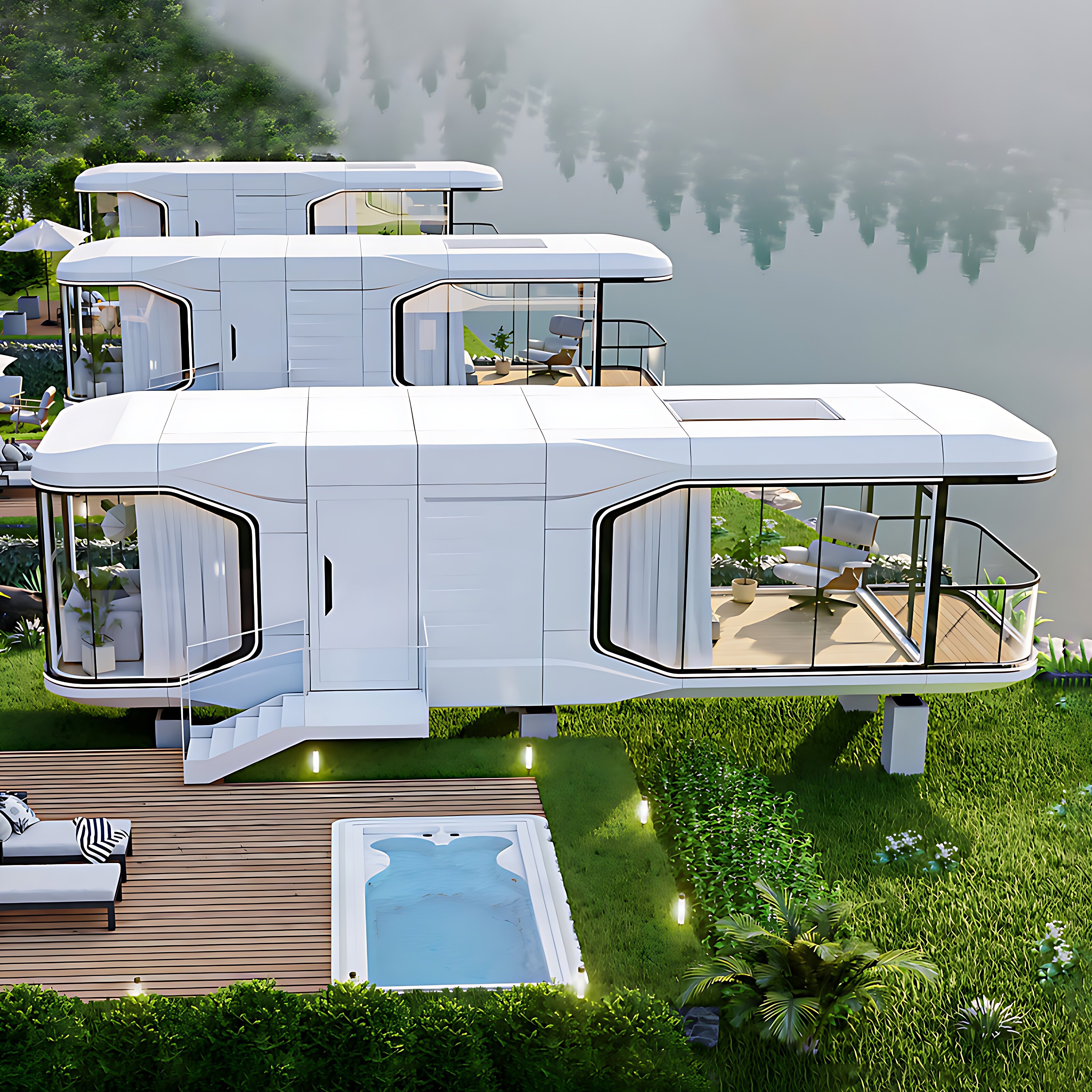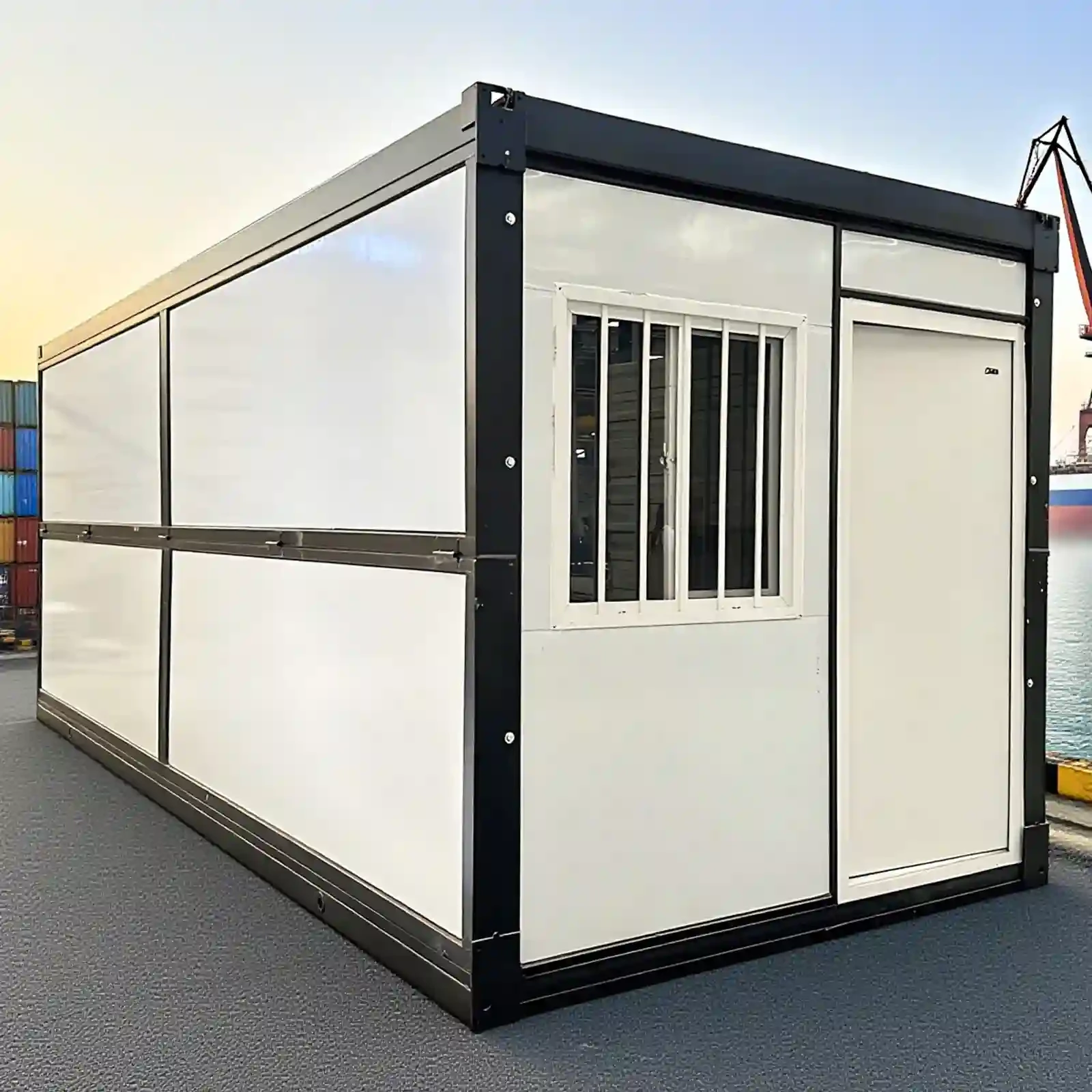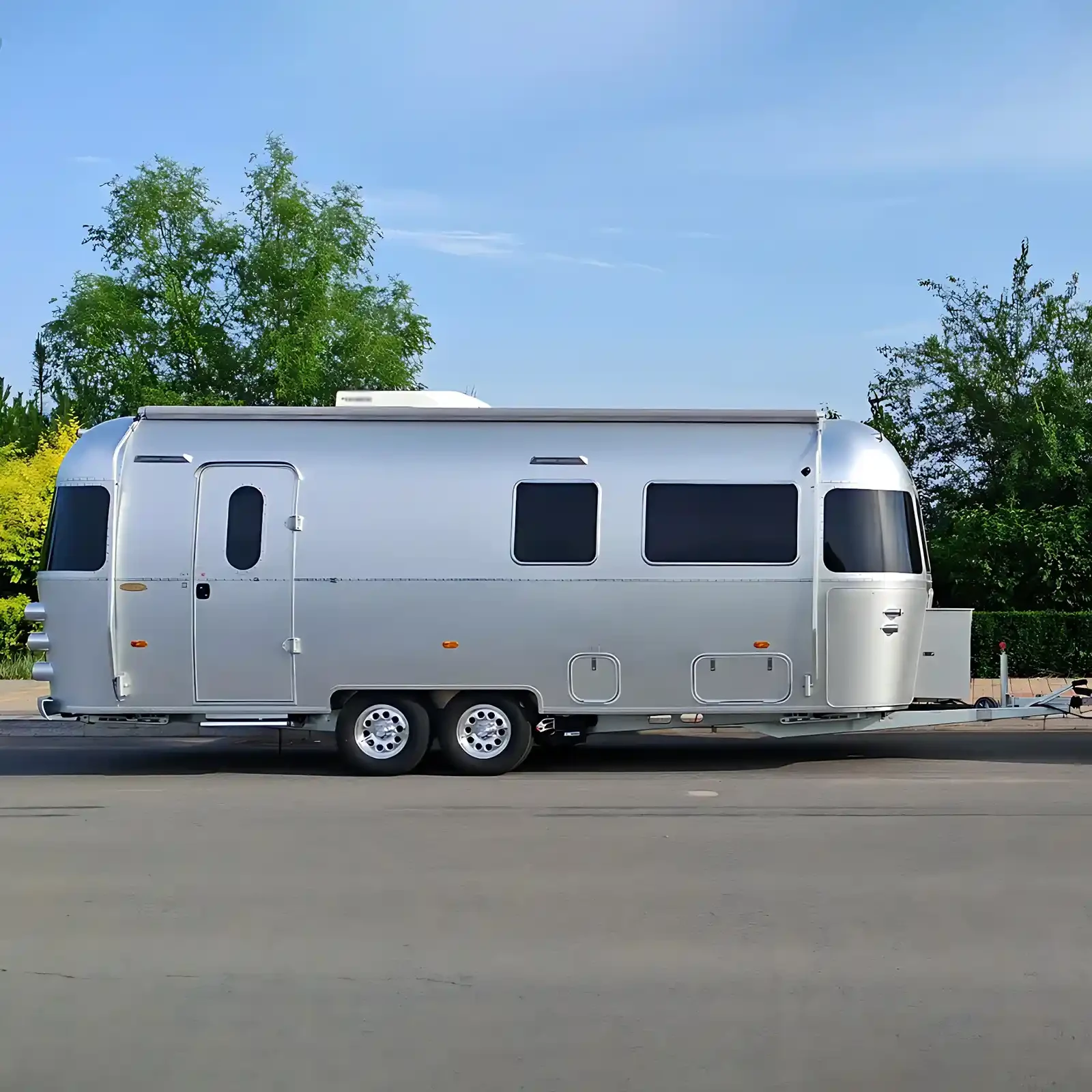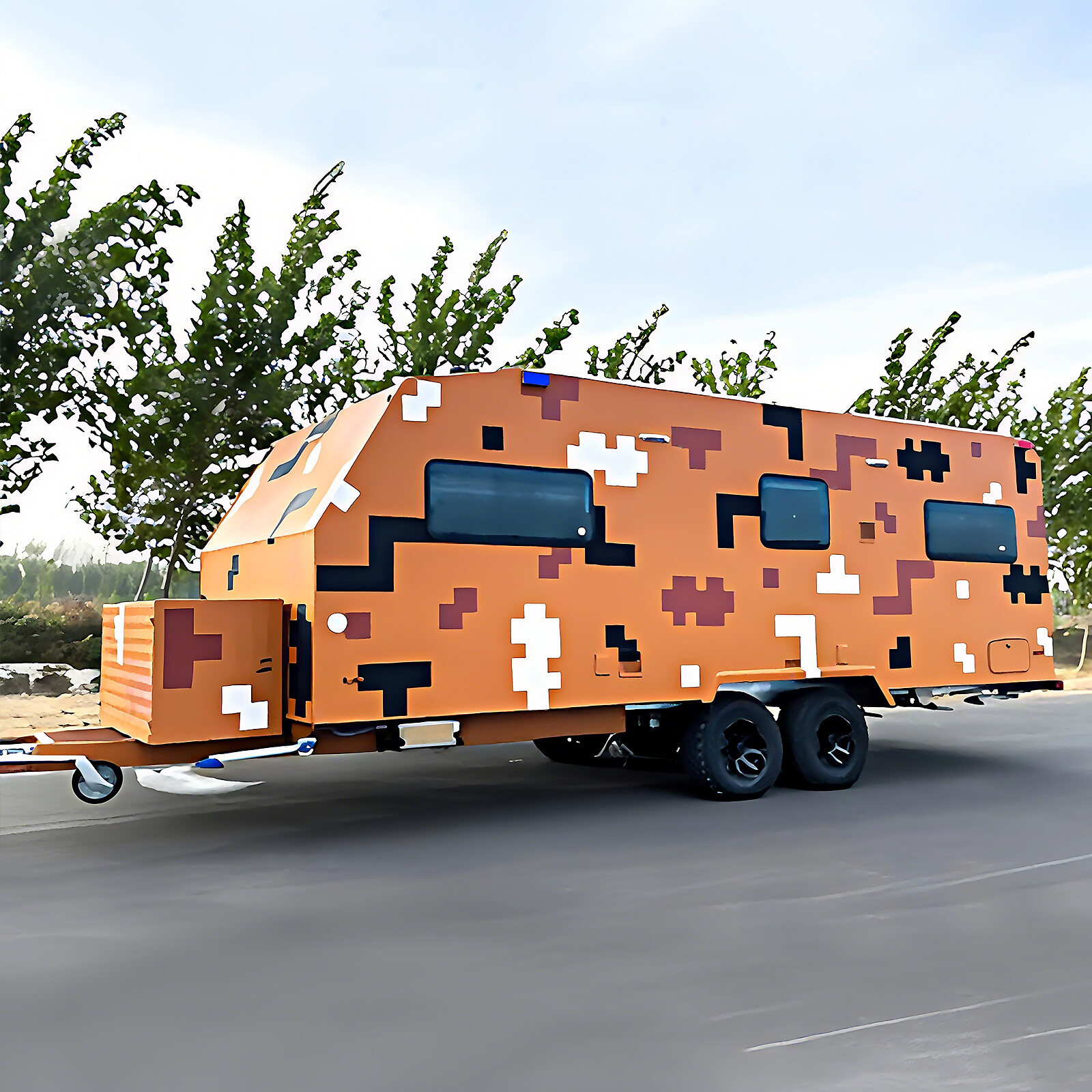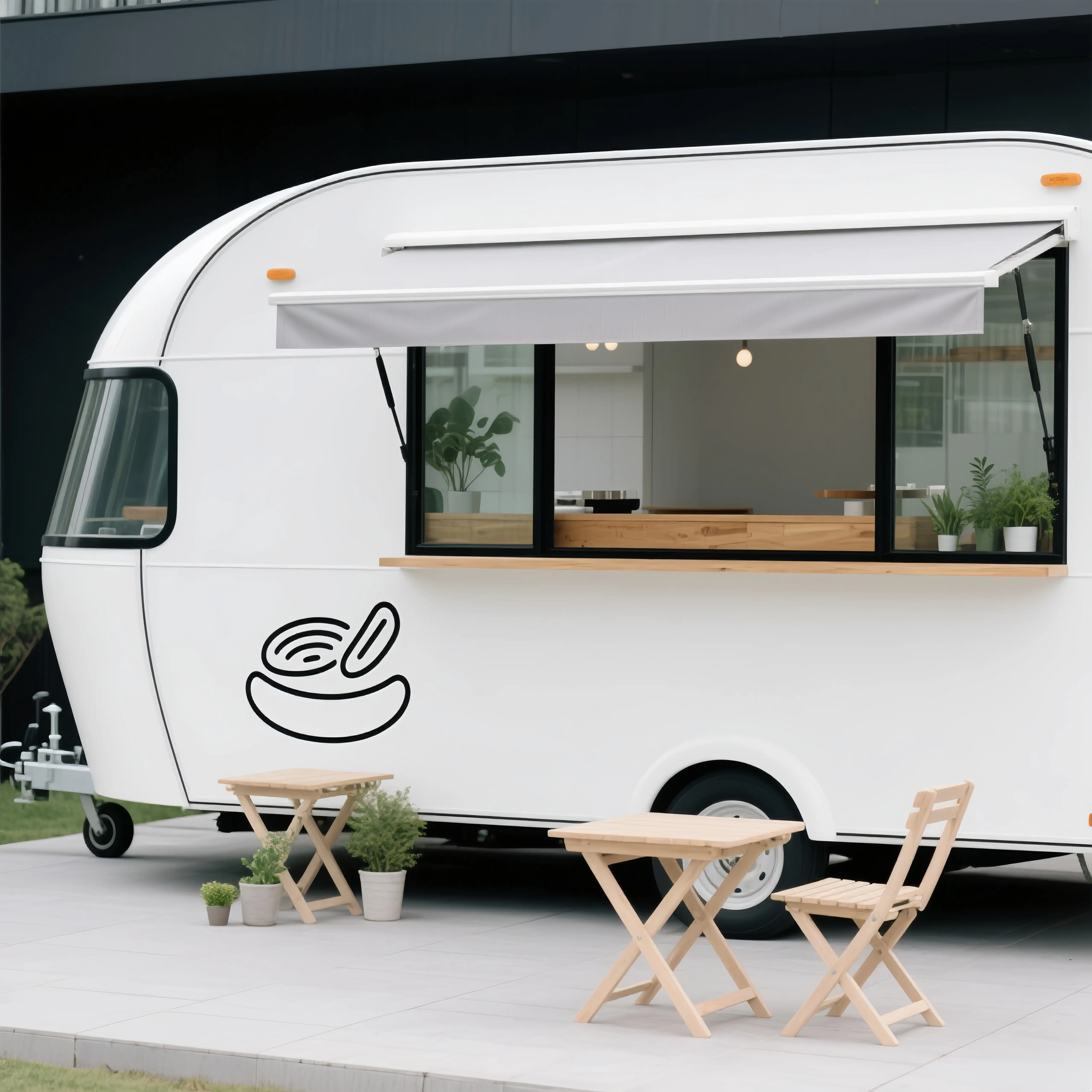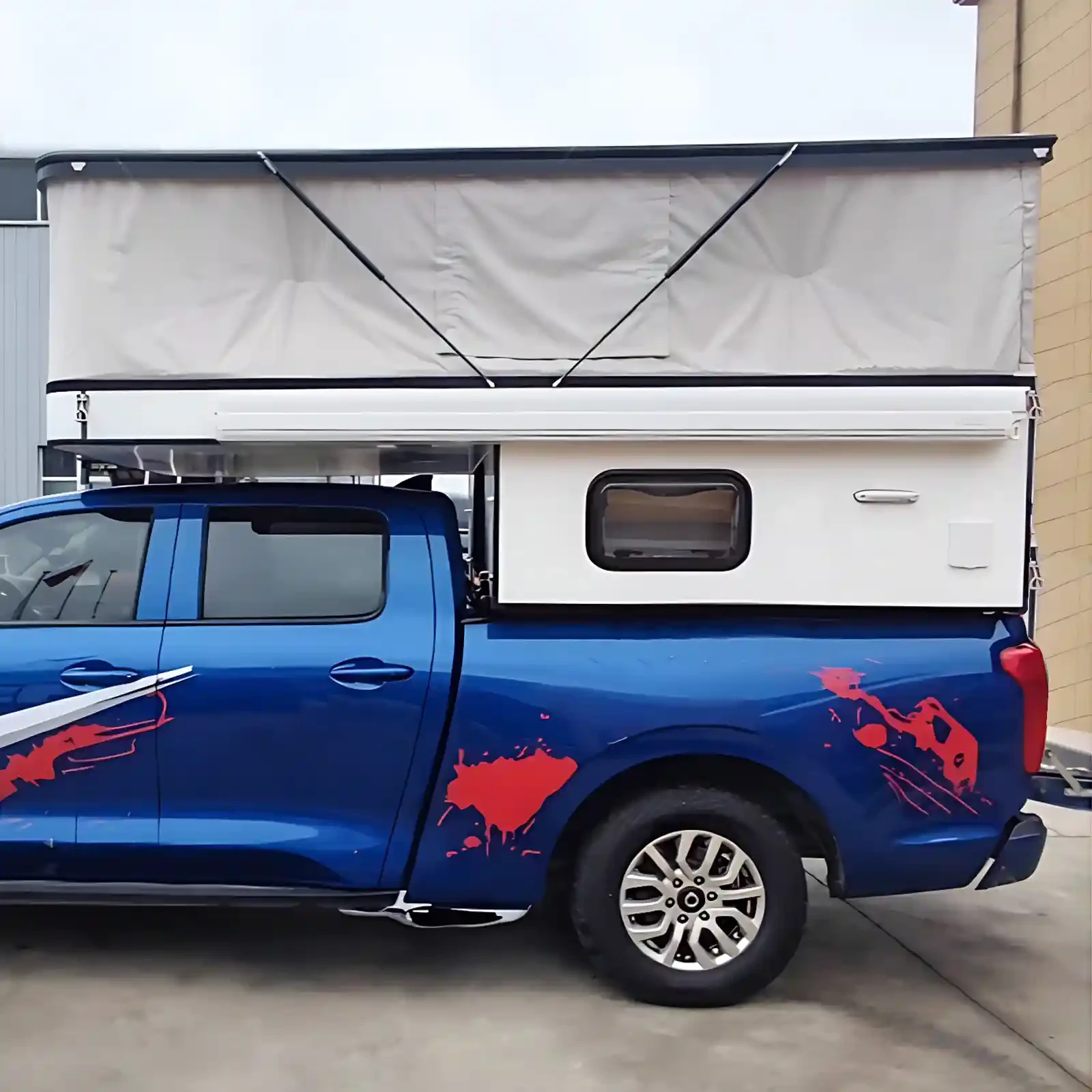In the field of modern architectural design, capsule homes, with their unique shape and compact structure, have gradually become a popular living space. Despite their limited space, capsule homes, through ingenious layout design, offer a fully functional, comfortable, and convenient living experience. Their interior layout integrates ergonomics, functional requirements, and aesthetic design, fully utilizing every inch of space.
1. Core Principles of Spatial Layout
The interior layout of a capsule home must adhere to the principles of efficient utilization, comprehensive functionality, comfort, and convenience. Given its relatively small size, redundant design must be avoided. The limited space must be rationally divided and integrated, focusing on meeting the basic needs of residents' daily lives. Furthermore, consideration must be given to human mobility, ensuring residents can move freely within the confined space without feeling constrained. Furthermore, emphasis must be placed on spatial flexibility and adaptability to accommodate the individual needs and changing lifestyles of different residents.
2. Detailed planning of functional zoning
(1) Sleeping area
The sleeping area is a core functional area of a capsule home. To save space, bunk beds or wall beds are typically used. The bunk bed configuration is suitable for multiple occupants, ensuring sufficient sleeping space while maximizing vertical space. Wall beds can be folded away when not in use, freeing up more space for activities, allowing for daytime relaxation and work, and folding down for rest at night. The beds are designed for comfort, featuring mattresses that conform to the body's curves. Reading lights and power outlets are located at the headboard, allowing residents to easily use electronic devices at night.
(2) Living area
While living areas may have limited space, clever layouts can still accommodate daily leisure and entertainment needs. Furniture such as a small sofa and folding tables and chairs can be installed. Choose a foldable or convertible sofa that can be stowed away when not in use, minimizing space usage. Folding tables and chairs can be deployed as needed for dining, working, or socializing. To enhance the space's functionality, wall shelves or cabinets can be installed to store books, decorative items, and other items, adding a sense of depth and practicality.
(3) Sanitary areas
The sanitary area, typically located in a corner of the capsule, utilizes an integrated bathroom design, integrating washing, showering, and restroom functions into a compact space. Small wash basins, toilets, and showerheads are used, and the placement of each facility is strategically planned to ensure ease of use. Furthermore, attention is paid to waterproofing and moisture-proofing, with walls and floors constructed from waterproof materials. Ventilation equipment is installed to maintain air circulation and prevent bacterial growth and odor.
(4) Storage area
Storage space is crucial in a space capsule home. Make full use of space on walls, ceilings, and under the bed to create storage cabinets, drawers, racks, and other storage facilities. Built-in cabinets can be installed on the walls to increase storage capacity while minimizing floor space. Drawers or flip-top storage compartments under the bed can be used to store large items such as seasonal clothing and bedding. Hooks or racks can be installed in unused spaces such as behind doors and in corners to conveniently hang small items such as clothing and bags. A well-thought-out storage layout ensures that residents' belongings are organized and the space remains tidy.
3. Innovative ways of space utilization
(1) Application of multifunctional furniture
Multifunctional furniture is key to the space layout of the capsule. For example, sofa beds, folding dining tables, and coffee tables with storage functions all combine multiple functions through clever design. The sofa bed provides a comfortable sofa during the day and folds out to become a bed at night. The folding dining table unfolds for dining and folds away to save space when not in use. The coffee table with storage features drawers or compartments underneath for storing items like remote controls and magazines, creating multiple uses and improving space utilization.
(2) Expansion of vertical space
Because horizontal space in a space capsule is limited, fully utilizing vertical space is essential. Installing wall cabinets and multi-layered shelving can increase storage capacity by storing items higher up. Wall hooks and rods can also be installed to hang items like clothing and kitchenware, freeing up floor space. Furthermore, the space under the stairs can be used to create lockers or drawers, further expanding storage capabilities.
(3) Combination of open design and partition
An open-plan design can visually make a space appear more spacious and reduce the sense of oppression often associated with cramped spaces. For example, living and sleeping areas can be separated by simple furniture or decorations, rather than physical partitions, creating a more airy space. However, in areas where privacy is crucial, such as bathrooms, partitions such as glass or curtains are used, ensuring spatial independence without completely blocking connections.
4. Personalized and humanized design
Beyond meeting basic functional requirements, the interior layout of the capsule homes also emphasizes personalized and user-friendly design. Spaces are customized based on factors such as the resident's age, occupation, and hobbies. For example, for those who enjoy reading, a dedicated reading corner can be set up in the living area, equipped with comfortable seating, ample lighting, and spacious bookshelves. For those who frequently work from home, a quiet, independent workspace is created, equipped with an ergonomic desk and chair, computer equipment, and ample power outlets.
At the same time, attention is paid to detail design to enhance living comfort. In terms of lighting design, multi-level lighting is adopted, including main lights, auxiliary lights, and ambient lights to meet the lighting needs of different scenarios. In terms of color matching, soft and bright tones are selected to create a warm and comfortable living atmosphere. In terms of material selection, environmentally friendly, safe, and easy-to-clean materials are given priority to ensure the health of residents.
The interior layout of the capsule homes achieves a perfect combination of small space and large functionality by adhering to scientific principles, implementing meticulous functional zoning, utilizing innovative space utilization techniques, and focusing on personalized and user-friendly design. With continuous innovation in design concepts and technological advancements, the interior layout of capsule homes will become even more rational and comfortable, providing residents with a unique living experience.

 USD
USD
 GBP
GBP
 EUR
EUR
